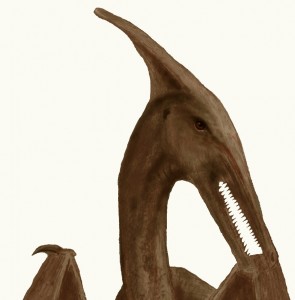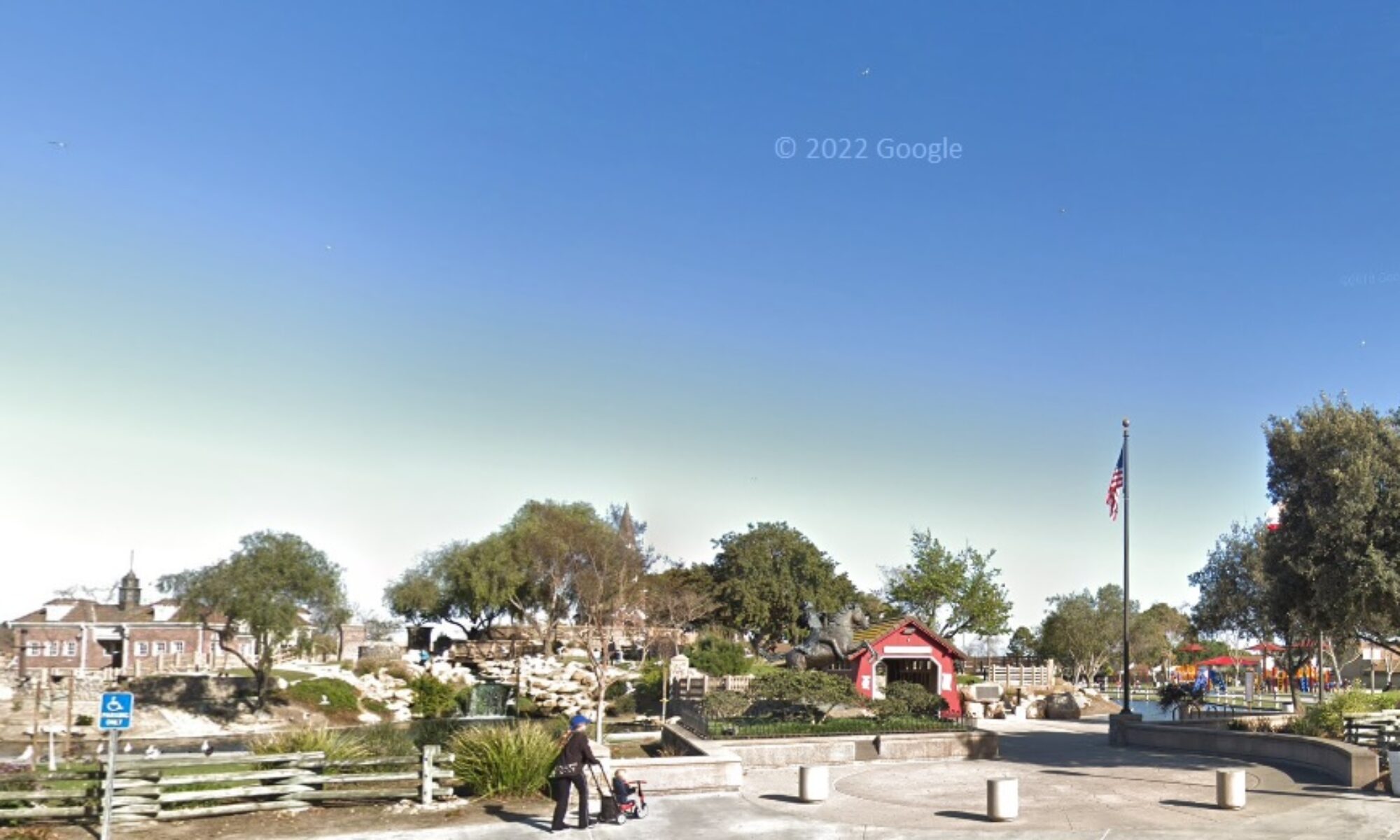I just saw a question posted to a discussion group on Facebook: Living Pterosaurs of the World. I believe the person posing the question is honestly trying to get an answer. Here is the question:
Why don’t we find any carcasses of these animals in nature when they die?
I know a simple answer that may help this particular person to keep an open mind about the eyewitness sighting reports. Most of the earth’s land surface is wilderness and much of the rest of it is semi-wilderness. When an animal dies, it begins to decay, usually soon looking little like its appearance during life. The vast majority of large wild animals in wilderness areas die and decay away before any person discovers the carcass. Ropens, and other modern pterosaurs, live in fewer numbers than many other creatures, leaving far fewer carcasses than common birds and mammals and reptiles. But we have much more going on here.
Who is meant by “we?” If it means only those who are actively participating in the Facebook group Living Pterosaurs of the World, then it should be no surprise that not one of us have seen a carcass of a modern pterosaur. But if “we” means all humans now living on the face of the earth, we have another question that comes up: “Why assume that nobody has found a carcass of a ropen?”
A Ropen Living in a Cage?
I have received countless reports, over the past twelve years, of encounters with apparent pterosaurs, many reports coming from the eyewitnesses themselves. In one account (not first hand) some natives in Papua New Guinea had captured a creature that was thought to be a ropen. That animal was kept for some time, in a cage, for it would have been dangerous for the local natives if it had been released. Yet I have never seen any mention of that in a newspaper.
For a Western newspaper, how unlikely that any reporter would try to get an article published about a pterosaur being held alive in a cage in a remote village in Papua New Guinea! I know from experience that any American traveling to that remote part of the world, to search for living pterosaurs, is immediately subject to ridicule in the United States. If that kind of story is never told in an American newspaper, how much more unlikely that a modern-pterosaur-carcass discovery, in a remote area, would be taken seriously by an American reporter! Any skeptic would be able to dismiss the carcass as a known animal that had decayed in a way that reminded somebody of a pterodactyl.
Western Blindness
Many persons in Western societies, including in the United States, are blind to ideas that run contrary to deeply-entrenched assumptions. Many have little or no belief in Bigfoot or other reported cryptids, so what about creatures that were supposed to be all dead, totally extinct by millions of years ago, even close to a hundred million years ago, for some Rhamphorhynchoid pterosaurs? If many Americans have never heard about sighting reports of apparent living pterosaurs, how could they be expected to believe that a partially decayed carcass was from a recently-living “pterodactyl?”
Huge Featherless Flying Creatures
We need to let the public know about the many sightings of large apparent pterosaurs that fly overhead in many areas of the world. When enough people become aware of the sightings, we’ll be closer to the point where a recently-deceased ropen can be examined with an open mind. That would be better than just ridiculing a person for coming forward with a carcass of such an animal.
.

Ropen observed by the artist, Patty, Carson, of Southern California
.
###
.
A common criticism thrown at me and my associates relates to the age of the earth and evolution. . . . they construct a sentence or two, in their own words, as if it were our words or our precise purposes.
Have you seen a live pterodactyl flying overhead (I know that sounds crazy)? My first advice is this: Don’t doubt your sanity; my second: Don’t take it upon yourself to convert the Western world to your discovery of non-extinct pterosaurs.
Ropen Creature on Destination Truth
This “Ropen” episode of Destination Truth is far better than the “Flying Monsters” episode of Monsterquest, although the flying creatures involved are at least mostly the same.
“Pterodactyl-type bird” in Papua New Guinea and possible chupacabra in Chile
. . . they were amazed as a large creature flew up into the air.
I have admired Jonathan Whitcomb’s Ropen / Pterosaur research for many years. I have posted a few of Jonathan’s offerings from recent years, which includes an article he wrote for Phantoms & Monsters . . .
Eyewitnesses of the Ropen of Umboi
Three men describe the pterodactyl-like creature of Umboi Island, Papua New Guinea. They saw the giant ropen (about 1994) flying over Lake Pung.
.


